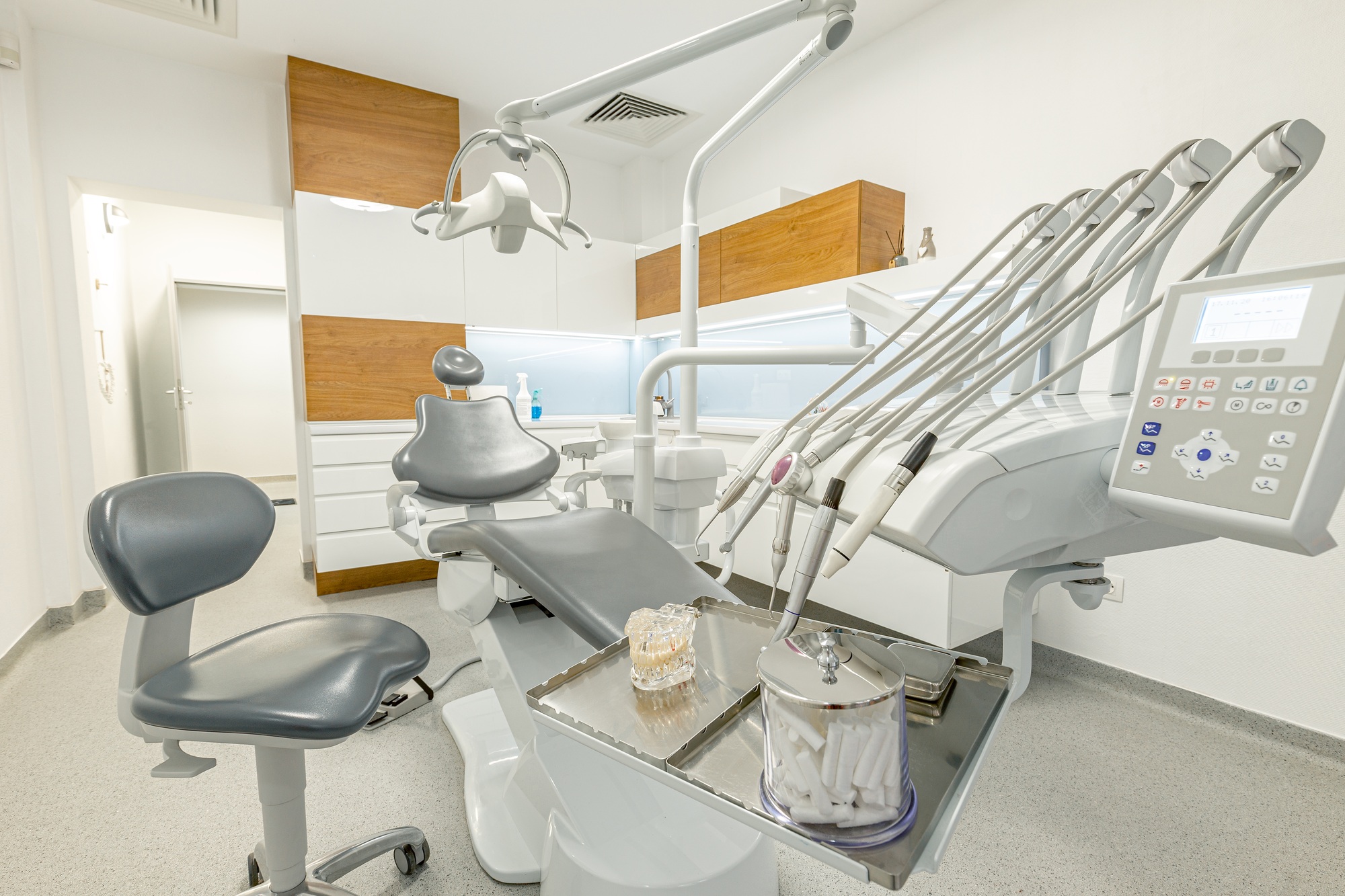Jesse Smedley is the Principal Broker for iHealthBrokers and the founder, president, and CEO of Smedley Insurance Group, Inc. and iHealthBrokers.com. Since the inception of SIG in 2007, Jesse has been dedicated to helping people save money on their health insurance by providing them with resources to educate themselves on all their health insurance options, both under age 65 and Medicare beneficiaries. He is featured in many publications as well as writes regularly for expert columns regarding health insurance and Medicare.
What is Medicare?
Medicare is a federally funded health insurance program signed into law in 1965. It was designed to provide low-cost, comprehensive health insurance to retirement-age seniors. Most people pay into it throughout their working lives and are automatically enrolled upon their 65th birthday.
Original Medicare works differently than the health insurance you’ve most likely utilized provided by your employment. Rather than dependence on a carrier and a network, you have access to the full range of doctors and hospitals who accept Medicare. Most do. Additionally, there are no choices to make regarding HMOs or PPOs.
Original Medicare will cover most of your health care needs. Part A is your hospital insurance. Part B is your outpatient insurance. For services covered by Medicare, provided by a physician who accepts it, Medicare will usually cover 80% of the costs, and you will be responsible for 20%.
For both Part A and Part B, you’ll have a deductible to meet. Usually, there are no monthly premiums for Part A, and your income will determine your Part B premium.
Original Medicare provides comprehensive coverage, but outside of Original Medicare, many decisions are to be made to supplement that coverage.
Why Is It Such an Important Decision?
Medicare will most likely be your primary form of insurance after retirement. Understanding our health insurance is always important but even more so as our health needs increase with age. Making the right decision is essential not only for your health but also for your wallet. Unfortunately, our health and finances often seem to be inextricably linked.
Of course, you need to make sure that your coverage suits your health needs. For example, many decide between Original Medicare and an Advantage Plan. While Medicare Advantage can offer more benefits than Original Medicare (or even a Supplement Plan and Part D), the networks can be much smaller. Additionally, copays can be much higher or even cost-prohibitive with a Part C plan compared with a Medicare Supplement Plan (Medigap). Quite frankly, it’s never that one option or another is better. It’s always about finding a plan that suits your needs which is why you are best served to work with a broker.
How to Choose
Choosing your type of coverage is a balancing act between needs and finances. We are often drawn to plans with lower monthly premiums because those costs are the easiest to understand. But you will still have deductibles, copays, and coinsurance to consider. You want to ensure that your type of coverage serves you and supports the benefits you will most frequently utilize.
There are additional ways to save money on Medicare (or, unfortunately, waste money) that you should understand to ensure you are getting the best bang for your buck. There are savings programs and late enrollment penalties to be aware of. Being informed can help to ensure you are receiving the best possible health insurance at the lowest possible rate.
Medicare offers so many customized solutions for your health needs, but more options mean more room for user error.

What Are Your Options?
Original Medicare will most likely be your primary coverage. But there are decisions to be made regarding voluntary secondary coverage and optional programs that can help you save money.
Let’s discuss:
- Original Medicare
- Part C
- Medigap
- Part D
- Medicare Savings Programs
- Extra Help
- DSNPs
- Medicare Medical Savings Accounts
Part A
Original Medicare is Part A, your hospital insurance, and Part B, your outpatient insurance.
Part A will cover:
- Inpatient care in a hospital
- Nursing facility care
- Nursing home care
- Hospice care
- Home Health Care
Part B
Medicare Part B helps cover your outpatient insurance, namely medically necessary and preventative services. It will cover:
- Doctors Visits
- Mental health services
- Outpatient Surgery
- Ambulance services
- Durable medical equipment, like wheelchairs or walkers.
- Limited outpatient prescription drugs such as injections you get in a doctor’s office, certain oral cancer drugs, and drugs used with some types of durable medical equipment—like a nebulizer. You will want to look into Medicare Part D for complete prescription drug coverage, which we discuss in another video.
- Clinical research includes limited drugs, procedures, and services that Medicare would cover if you were not enrolled in the clinical trial. Medicare will cover the primary medical care needed for the treatment that the clinical trial is studying
Some people choose to get by with Original Medicare alone. However, Original Medicare does NOT cover coinsurance, copayments, or deductibles. Additionally, there is no out-of-pocket maximum so that these costs can stack up.
Medigap
You may want to consider enrolling in a Medicare supplement plan (also known as Medigap) or an Advantage Plan. They both seek to cover the gaps of Original Medicare and limit your out-of-pocket costs. However, they work entirely differently.
Medigap plans will not offer additional benefits, just a different structure of costs. You will pay a monthly premium to lower or eliminate your coinsurance or copays. You will still have access to the complete Medicare network.
Part C
Medicare Advantage (Part C) will replace Original Medicare entirely. You may have added benefits but lose access to the whole Medicare network. You will also still have copays and coinsurance. Very often, Part C will offer prescription drug coverage as well.
Part D
Without Medicare Advantage, you will need Medicare Part D. Although it is federally regulated, Part D is offered by private carriers who compete for your business by providing better benefits. You’ll need to tailor your Part D coverage to your health and financial needs.
Additional Options
There are also ways to save money. For example, your income and assets may make you eligible for Extra Help or a Medicare Savings Program. Extra Help will assist with the payment of Part D. Savings Programs will assist with Part A and Part B. There are also DSNPs which are dual special needs plans. These are a type of Part C Plan that encapsulate the benefits of Medicare and Medicaid for dually eligible.
Finally, there are Medical Savings Accounts that are similar to HSAs. We expect to see re-emerging popularity of these soon.
How to Choose the Right Medicare Option
So, you can see, there are many options to choose from. It’s vital to take an honest inventory of your:
- Health Concerns
- Income
- Assets
- Expenses
- Preferred Physicians and Hospitals
- Prescription Drug Needs
You’ll also need to factor in your age, gender, and location. You can peruse your available options on Medicare.gov by using the plan finder. However, given the importance of the decision and the overwhelming amount of information, we suggest working with a broker to ensure you select the right plan for your needs and your budget.
Please feel free to call us at iHealthBrokers at 888-918-0518 or schedule a call today. Our services are 100% FREE.







